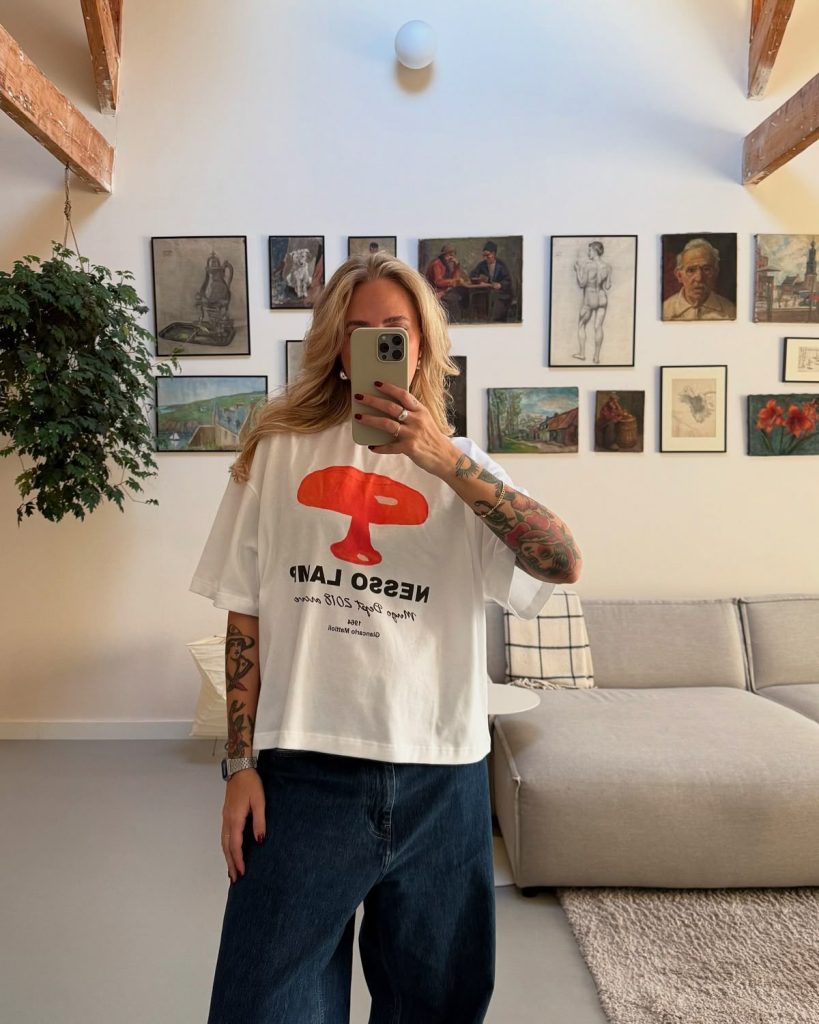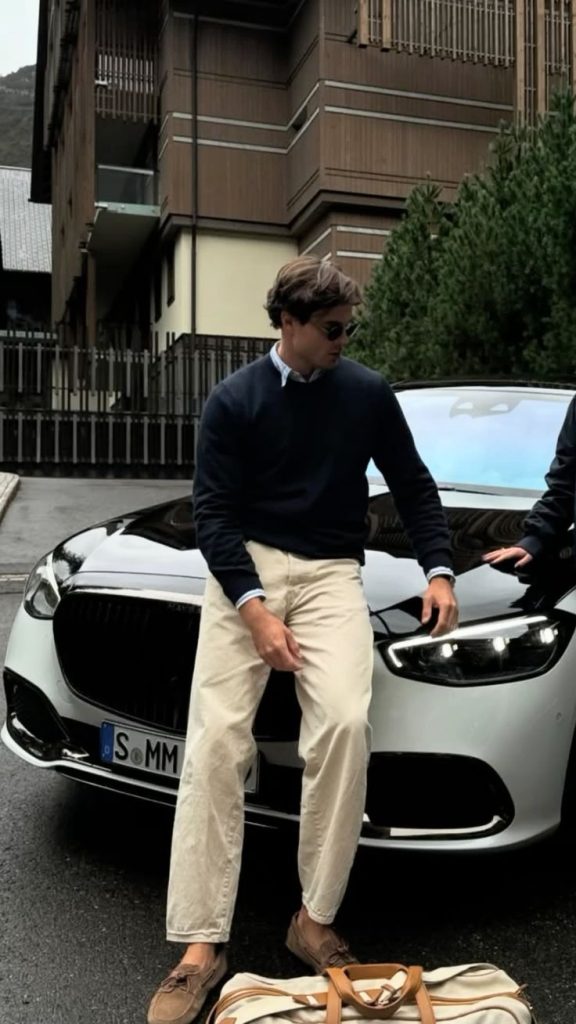Fashion is far more than fabric stitched together into wearable forms. It is a cultural storyteller, a vessel of memory, and an artistic medium that carries the essence of generations. Within every thread of cloth lies the silent echo of artisans, rituals, and traditions that define identity. In an age where digital acceleration reshapes industries, the concept of heritage might appear at risk of being overshadowed by the demand for speed and novelty. Yet rather than fading, heritage is experiencing a rebirth, woven into garments that marry history with imagination.
Timeless Threads reflects this shift: fashion that celebrates tradition while reinterpreting it for modern relevance. Designers across the globe are rediscovering archival techniques, indigenous textiles, and cultural codes, not to replicate them as museum pieces, but to give them renewed meaning. This is not about nostalgia—it is about regeneration. It is about creating clothes that remain authentic, emotionally resonant, and adaptive to contemporary lifestyles.
The Enduring Power of Fashion HeritageHeritage within fashion is not confined to museums or exhibitions. It is living, breathing, and adaptable. Every region of the world has garments rooted in history—whether it be Japanese kimonos, Indian saris, West African kente, or Scottish tartans. These are not just clothes; they are narratives encoded in color, texture, and form. What makes heritage enduring is its ability to carry values and identities across centuries.
Today’s fashion ecosystem often moves at dizzying speed, yet the hunger for depth persists. People no longer crave only what is new—they want meaning stitched into their choices. A garment inspired by heritage provides not just style, but also a sense of belonging. It reassures the wearer that fashion can be timeless, that beauty need not expire with seasonal cycles. Designers who revisit heritage anchor their collections in continuity, ensuring that fashion remains both relevant and reverent.
Textiles as Cultural Narratives and Carriers of MemoryFabric itself is an archive. Woven patterns, hand-dyed shades, or embroidered details carry encoded histories. Indigo dyeing in Africa tells stories of community rituals. Ikat weaving in Southeast Asia signifies social rank and ancestral pride. Wool tartans mark familial identity across Scotland. These textiles are memory maps, preserving intangible cultural knowledge through material form.
When reinterpreted today, these fabrics do not simply decorate modern silhouettes. They serve as cultural bridges, allowing individuals from different geographies to appreciate traditions beyond their own. A scarf printed with ancestral motifs or a jacket lined with indigenous weaving techniques becomes both personal attire and cultural ambassador. It communicates across time and space, ensuring that memory is not only preserved but also expanded.
The future of textiles lies in harmonizing old techniques with new technologies. Digital looms can replicate ancestral weaving patterns with precision, while sustainable dyeing methods reduce environmental harm. Through innovation, memory is safeguarded not by freezing tradition, but by evolving it.
Craftsmanship Across Centuries and Its Modern ResonanceCraftsmanship is the human soul of fashion. For centuries, artisans have honed skills through patience and precision. Whether it is the meticulous beadwork of the Maasai, the fine pleating of ancient Greek garments, or the complex hand-stitching of haute couture, craftsmanship transforms fabric into art.
In the modern fashion landscape, where mass production dominates, craftsmanship is not just nostalgic—it is revolutionary. To invest in handmade garments is to value quality over speed, permanence over disposability. Luxury fashion houses and independent ateliers alike are spotlighting craftsmanship as a form of resistance against fast fashion. The time, effort, and care embedded in handcrafted clothing transform garments into heirlooms rather than commodities.
Moreover, the resonance of craftsmanship in today’s society extends beyond aesthetics. It signifies ethics, sustainability, and humanity. Every stitch becomes a reminder that fashion is about people—the artisans who dedicate their lives to preserving knowledge, and the wearers who choose to honor that dedication.
Reinventing Traditional Silhouettes for Contemporary WearSilhouettes embody the visual language of heritage. The flowing robe, the tailored suit, the draped sari—each shape reflects cultural ideals of beauty, identity, and purpose. Reimagining these forms for today’s world is an act of innovation without erasure.
Contemporary designers experiment with scale, material, and functionality. A kimono-inspired jacket may be constructed with recycled neoprene for urban mobility. A sari could be redesigned into a ready-to-wear dress that empowers younger generations to embrace heritage without difficulty. A tunic once tied to ceremonial life might evolve into daily streetwear. Such reinterpretations honor the origin of these silhouettes while ensuring they adapt to modern lives.
The challenge is balance. Reinvention must not dilute meaning into mere novelty. It must elevate, contextualize, and respect. When executed thoughtfully, reimagined silhouettes become wearable dialogues between ancestors and the future.
Globalization and the Blending of Local Traditions into Universal AestheticsFashion has become global, and with it comes the opportunity to blend diverse traditions. Designers are drawing inspiration from multiple cultures, creating hybrids that resonate universally. However, globalization also raises questions of appropriation, respect, and ownership.
The blending of traditions, when done with integrity, creates garments that speak a global language while retaining cultural specificity. A dress might combine African wax prints with Japanese tailoring techniques, or a jacket could integrate Peruvian alpaca wool with Scandinavian minimalism. These hybrids are not about erasure but about conversation—threads woven across borders that reflect a connected humanity.
In the future, the universal aesthetic of fashion will not be homogenization but harmonious plurality. It will celebrate differences while highlighting the shared desire for beauty, functionality, and identity.
The Role of Technology in Preserving and Reinterpreting HeritageTechnology is not a threat to heritage—it is a partner. Digital archives allow endangered textiles to be preserved for future study. Virtual reality can immerse younger generations in traditional garment-making rituals. 3D printing enables the recreation of lost embroidery techniques, while artificial intelligence assists in cataloging centuries-old fashion collections.
By combining heritage with technology, designers create possibilities that were once unimaginable. A dress woven with ancestral motifs may integrate smart fibers that regulate body temperature. A traditional silhouette may be scanned into virtual fashion shows, reaching audiences across continents. Far from erasing memory, technology extends it, ensuring that traditions are not confined to one place or one time but shared globally.



